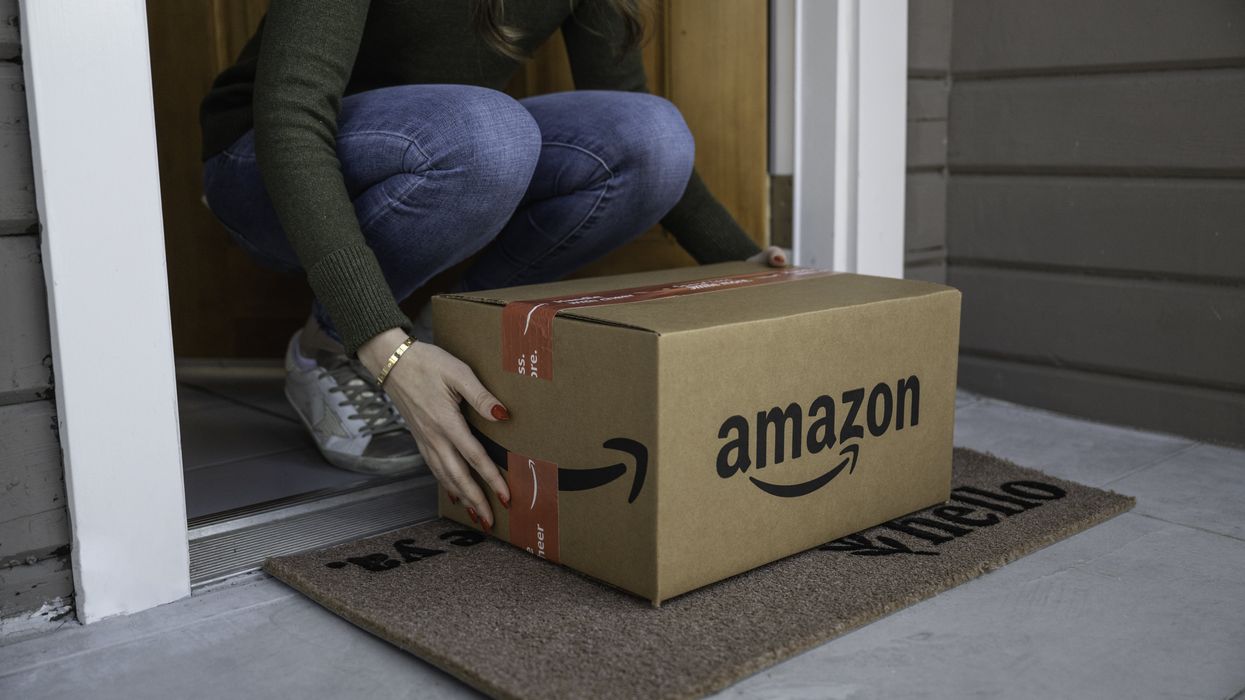Retail Channels
24 April 2023
This Week in Commerce: Amazon and CPG earnings, Q1 GDP, ChargeX
Here's the calendar for April 24-28.

Here's the calendar for April 24-28.

Welcome to a new week. The coming days will offer a lot to learn about how the consumer economy is faring so far in 2023. The industry gathers in D.C. for ChargeX. Meanwhile, Amazon and many of the largest CPGs will release earnings for the first quarter, while the U.S. government files its initial look at GDP.
Here’s the calendar:
ChargeX: The global ecommerce conference presented by Recharge brings together merchants, partners and experts for discussions about the challenges facing the industry and networking. Keynote speakers include Jonathan Van Ness (Queer Eye), and storyteller Matthew Luhn (Pixar). (April 26-28, Washington D.C.)
Consumer Confidence Index: The Conference Board releases data on consumer sentiment and expectations for April 2023. (Tues., April 25, at 10 a.m.)
Durable Goods Orders: The US Commerce Department releases data for March 2023 on factory orders for goods designed to last three years or more. (Wed., April 26, at 10 a.m.)
GDP: The U.S. Bureau of Economic Analysis releases its first estimate of gross domestic product for the first quarter of 2023. This is the primary measure of U.S. economic activity, including consumer spending and inflation. (Thurs., April 27, at 8:30 a.m.)
Personal Consumption Expenditures: The U.S. Bureau of Economic Analysis releases data on consumer spending, income, savings and inflation for March 2023. This is the measure of inflation preferred by the Federal Reserve as it considers interest rate hikes. (Fri., April 28, 8:30 a.m.)
Consumer Sentiment: The University of Michigan releases its final measure of consumer buying conditions and inflation expectations for April 2023. (Fri., April 28, 10:30 a.m.)
Monday, April 24: Coca-Cola
Tuesday, April 25: Nestle, PepsiCo, UPS, 3M, Alphabet, McDonald’s, Microsoft, Kimberly-Clark
Wednesday, April 26: eBay, Meta, Helen of Troy, Pitney Bowes
Thursday, April 27: Amazon, Unilever, Mondelez, Hershey, Church & Dwight, Crocs, Keurig Dr. Pepper, Columbia Sportswear, Hasbro, Pinterest, Snap, Overstock, Skechers
Friday, April 28: Colgate Palmolive, Newell Brands
Campbell Soup Company CEO Mark Clouse offered thoughts on messaging amid inflationary shifts in consumer behavior.
After months of elevated inflation and interest rate hikes that have the potential to cool demand, consumers are showing more signs of shifting behavior.
It’s showing up in retail sales data, but there’s also evidence in the observations of the brands responsible for grocery store staples.
The latest example came this week from Campbell Soup Company. CEO Mark Clouse told analysts that the consumer continues to be “resilient” despite continued price increases on food, but found that “consumers are beginning to feel that pressure” as time goes on.
This shows up in the categories they are buying. Overall, Clouse said Campbell sees a shift toward shelf-stable items, and away from more expensive prepared foods.
There is also change in when they make purchases. People are buying more at the beginning of the month. That’s because they are stretching paychecks as long as possible.
These shifts change how the company is communicating with consumers.
Clouse said the changes in behavior are an opportunity to “focus on value within our messaging without necessarily having to chase pricing all the way down.”
“No question that it's important that we protect affordability and that we make that relevant in the categories that we're in," Clouse said. "But I also think there's a lot of ways to frame value in different ways, right?”
A meal cooked with condensed soup may be cheaper than picking up a frozen item or ordering out. Consumers just need a reminder. Even within Campbell’s own portfolio, the company can elevate brands that have more value now, even if they may not always get the limelight.
The open question is whether the shift in behavior will begin to show up in the results of the companies that have raised prices. Campbell’s overall net sales grew 5% for the quarter ended April 30, while gross profit margins held steady around 30%. But the category-level results were more uneven. U.S. soup sales declined 11%, though the company said that was owed to comparisons with the quarter when supply chains reopened a year ago and expressed confidence that the category is seeing a longer-term resurgence as more people cook at home following the pandemic. Snacks, which includes Goldfish and Pepperidge Farm, were up 12% And while net sales increased overall, the amount of products people are buying is declining. Volumes were down 7%.
These are trends happening across the grocery store. Campbell is continuing to compete. It is leading with iconic brands, and a host of different ways to consume them. It is following that up with innovation that makes the products stand out. Then, it is driving home messaging that shows consumers how to fit the products into their lives, and even their tightening spending plans.
Campbell Soup is more than 150 years old, and has seen plenty of difficult economic environments. It is also a different business today, and will continue to evolve. At the end of the day, continued execution is what’s required.
“If it's good food, people are going to buy it, especially if it's a great value,” Clouse said.